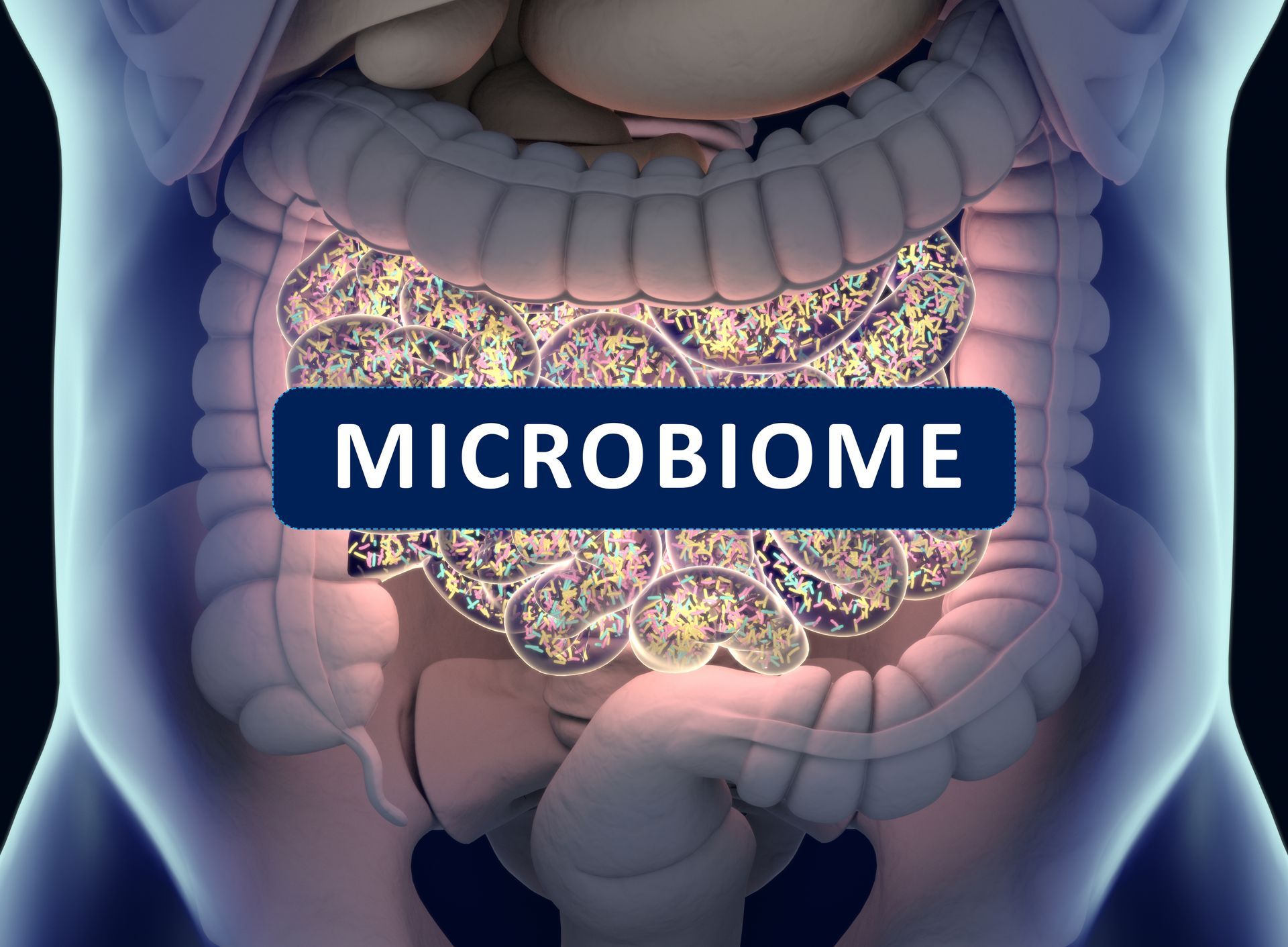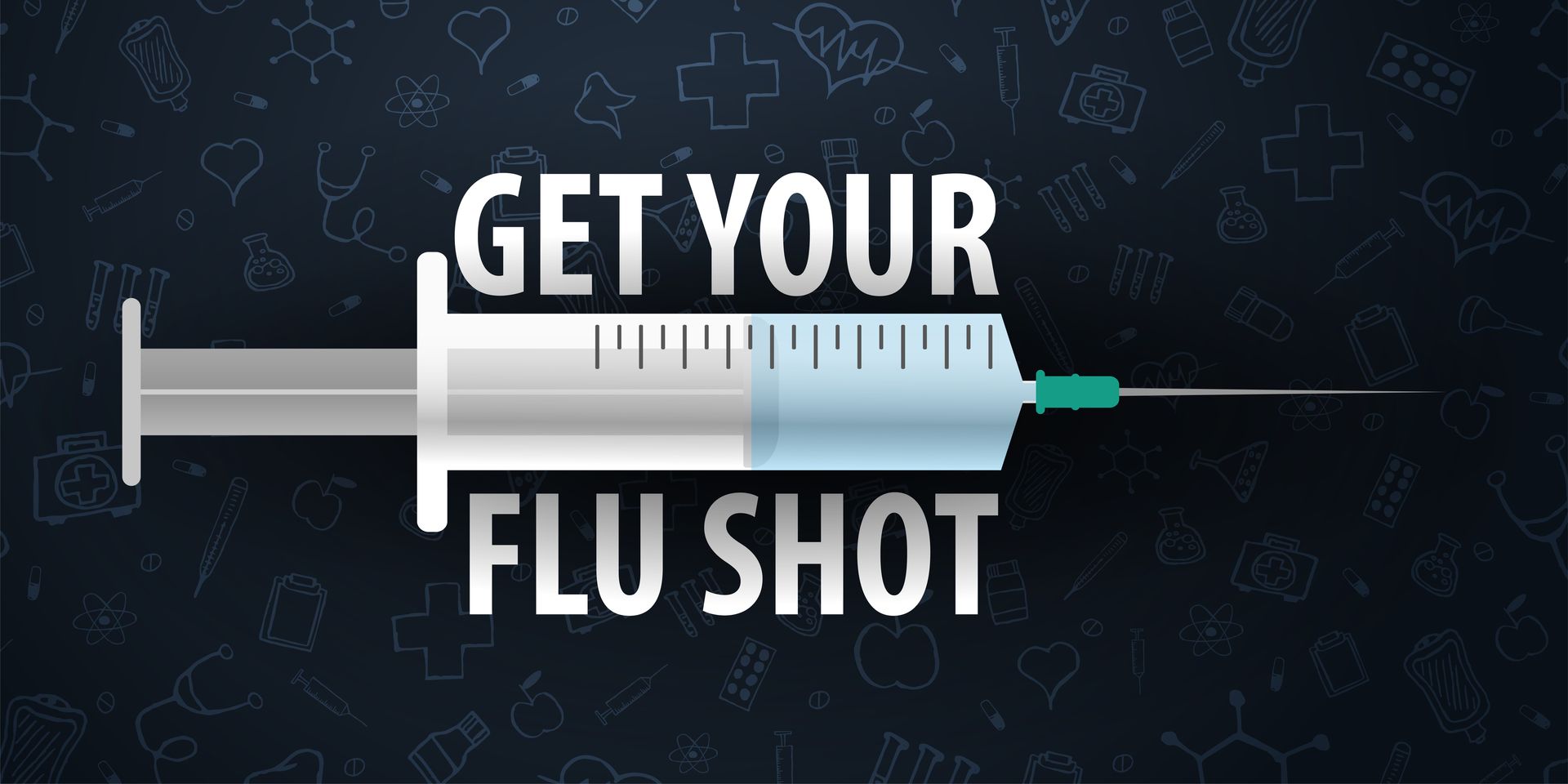Healing with Sound: How Shockwave Therapy Helps Muscle Injuries Heal Faster
When most people think of sound waves, they imagine music or conversations—not medicine. But at Access Healthcare in Charleston, SC, we’re using the power of sound in a revolutionary way to help our patients recover from muscular injuries faster and more effectively.
Enter: Shockwave Therapy.
This cutting-edge treatment harnesses high-energy acoustic waves to stimulate your body’s natural healing processes. From stubborn muscle pain to chronic inflammation, shockwave therapy is rapidly becoming a go-to solution for athletes, weekend warriors, and anyone looking for a faster, non-invasive path to recovery.
What Is Shockwave Therapy?
Shockwave therapy—also known as extracorporeal shockwave therapy (ESWT)—uses focused sound waves to penetrate deep into damaged or inflamed tissue. These acoustic pulses are delivered using a specialized handheld device that targets the affected area, typically in short, painless sessions.
Unlike ultrasound therapy, which delivers gentle heat and vibration, shockwave therapy is more intense—generating higher-energy waves to disrupt cellular structures and provoke a healing response.
But don’t let the name scare you—there’s no electricity involved, and the treatment is completely non-surgical.
How Does It Work?
When you suffer a muscular injury—whether from overuse, strain, or trauma—your body responds with inflammation. This is part of the healing process, but if inflammation lingers too long, it can become chronic, limiting mobility and prolonging pain.
Shockwave therapy intervenes by doing three key things:
- Breaks up scar tissue and calcification
Sound waves physically disrupt areas of calcification or tight scar tissue, helping restore normal movement and reduce pain. - Increases blood flow
The microtrauma caused by the waves boosts circulation to the area, delivering oxygen and nutrients needed for tissue repair. - Triggers cellular regeneration
Perhaps most exciting of all, the treatment stimulates stem cell activity and triggers the body to grow new, healthy tissue—a process called mechanotransduction.
This combination of mechanical and biological responses accelerates the healing cycle and restores function where traditional treatments may have stalled.
What Conditions Can Shockwave Therapy Treat?
At Access Healthcare, we often recommend shockwave therapy for patients experiencing:
- Muscle strains and tears
- Tendonitis and tendinopathy
- Plantar fasciitis
- Hamstring injuries
- Frozen shoulder
- Chronic back and neck muscle pain
- Scar tissue build-up from previous injuries
- Delayed healing from sports injuries
If you’ve been told surgery is your only option—or if you’re stuck in a cycle of temporary pain relief—shockwave therapy may be the breakthrough you’ve been waiting for.
Sound Waves vs. Surgery: Why Go Non-Invasive?
Surgery can be effective, but it comes with downtime, risk of complications, and higher costs. In contrast, shockwave therapy is:
· Non-surgical
· Drug-free
· Quick and convenient (20-30 minute sessions)
· Low risk of side effects
· Backed by clinical studies and FDA-cleared devices
In many cases, patients feel significant relief within 3 to 5 sessions—with long-lasting benefits that continue to improve over time as the tissue regenerates.
The Science Behind Cell Regrowth
One of the most fascinating aspects of shockwave therapy is how it stimulates cellular regeneration—especially in tissues that traditionally heal slowly, like tendons and muscles.
Research shows that shockwaves activate key biological pathways that:
- Recruit mesenchymal stem cells (the body’s natural repair team)
- Promote the release of growth factors
- Regulate pro-inflammatory markers, reducing chronic inflammation
- Trigger the formation of new blood vessels (angiogenesis)
This means you’re not just masking symptoms—you’re supporting true healing at the source.
Real Results, Right Here in Charleston
At Access Healthcare, we’ve seen firsthand how shockwave therapy is changing lives.
Patients who once struggled to walk without pain are now running 5Ks. Former athletes sidelined by old injuries are back in the gym. And people who thought their chronic muscle pain was “just something I have to live with” are finally getting real, lasting relief.
Here’s what one of our recent patients had to say:
“After trying everything—physical therapy, cortisone shots, even pain meds—I was skeptical. But after just three shockwave sessions, I could sleep without pain for the first time in months. Now I’m back to hiking every weekend.”
– Sarah W., Charleston
What to Expect During Treatment
Each session is quick—usually 20 to 30 minutes. Most patients report only mild discomfort during the treatment (similar to tapping or pressure), and no downtime afterward.
After the session, you may feel a bit of soreness in the treated area—but that’s a sign your body is responding.
We typically recommend a series of 3 to 6 treatments, spaced about a week apart. Your exact plan will depend on the severity and location of your injury.
Is Shockwave Therapy Right for You?
If you’re dealing with any of the following, you may be a great candidate:
- You’ve had a muscle or tendon injury that isn’t healing
- You’ve tried other therapies with limited results
- You want to avoid surgery or stop relying on pain medication
- You’re an athlete looking to accelerate recovery and performance
- You experience recurring muscle tension or inflammation
At Access Healthcare, our medical team will assess your condition and determine if shockwave therapy is a good fit as part of your customized treatment plan.
Take the First Step Toward Relief
Muscle pain doesn’t have to be your new normal—and surgery doesn’t have to be your only option.
Shockwave therapy is helping patients across Charleston heal faster, move better, and live pain-free—all without invasive procedures or long recovery times.
Ready to see if it’s right for you?
📍
Visit us at Access Healthcare in Charleston & Johns Island
📞 Call to book your consultation:
(843) 853-8870
🌐 www.accesshealthcarecharleston.com
Final Thought
When it comes to healing, sound isn’t just something you hear—it’s something you can feel. And with shockwave therapy, it just might be the sound of your body getting back to balance.











